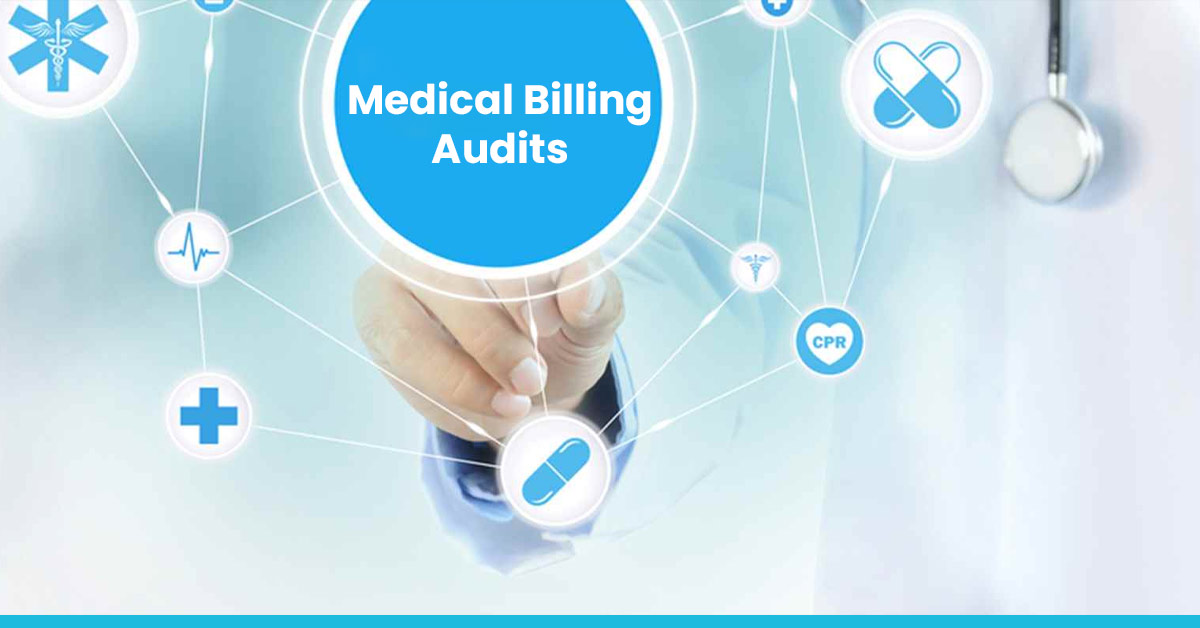Physical therapy is one of the services that can improve a patient’s health through physical activity and muscle movement.
A physical therapist will use physical therapy CPT codes to describe the services they provide to assist patients in regaining and maintaining their health. For instance, 97140 is used as a manual therapy CPT code. CPT 97014 is used to indicate the performance of modality therapy.
Practitioners must use the correct physical therapy CPT codes to reimburse the service. Regarding payment for medical or health services, the CPT codes used for physical therapy evaluations may differ from those used during home visits. The reason is that home-visiting therapists cannot provide a comprehensive range of services.
The present article contains information and a discussion of these coding principles. So, continue reading to learn important guiding principles related to physical therapy CPT codes.
Physical Therapy CPT Codes: Evaluation
Physical therapy evaluation is a dynamic procedure denoted by physical therapy CPT codes. The process assists physical therapists in making treatment decisions based on clinical data gathered during treatment. In this iterative process, the physical therapist uses the information gathered during the examination to make clinical decisions. Evaluation includes taking a thorough medical history, conducting a system review, and directing tests and measurements.
Then, a physical therapist will review the exam results, make a physical therapy diagnosis, determine the prognosis, and create a comprehensive care plan.
The following paragraphs will discuss how to code a physical therapy evaluation.
Physical therapy evaluation outcomes may be reported using the following physical therapy CPT codes:
- 97161
- 97162
- 97163
- 97164
- 97140
A different set of codes is used for a home visit. Reporting the CPT G0151, CPT G0157, and CPT G0158 codes for home physical therapy evaluations ensures proper and accurate evaluations.
There are three forms of physical therapy evaluation, each with a distinct complexity level: low, moderate, and high. After determining the severity of the patient’s condition at any given time, several evaluation levels are performed.
The following physical therapy CPT codes are used to report on the various levels of evaluations:
| CPT Code | Description | Complexity Ratio | Time Duration | Evaluation Procedure |
| 97161 | Physical therapy evaluation code that can be reported for minimal therapeutic complexity | Low | 20 minutes | Evaluation with the patient’s family face-to-face (due to low complexity) |
| 97162 | Evaluation code for physical therapy that can be submitted for moderate therapeutic complexity | Low | 30 minutes | Evaluation with the patient’s family face-to-face (due to moderate complexity)
|
| 97163 | Evaluation code for physical therapy that can be submitted for high therapeutic complexity | High | 45 minutes | Face-to-face evaluation |
| 97164 | Physical therapy re-evaluation | – | 20 minutes | Face-to-face evaluation |
Physical Therapy CPT Codes: Home Visits
There are three CPT codes for reporting home health physical therapy when a therapist travels to multiple locations to provide therapy services.
- CPT G0157 is for use by assistant therapists
- CPT G0159 is for establishing a therapy plan for hospice/home care
- CPT G0151 is for use by physical therapists
With the CPT code 97014 for physical therapy, the therapist can demonstrate the use of modalities and electrical stimulation in one or more locations. Stimulation would alleviate the discomfort and swelling while accelerating the healing process.
The type of electrical stimulation utilized will depend on the patient’s condition and the physician’s diagnosis. Since constant monitoring of the stimulation treatment is required, a physician can only record one stimulation process each day. On the other hand, non-physical stimulation treatments can be administered and reported on the same day.
Modifier for Physical Therapy CPT Code
A modifier 76 will be applied to the manual therapy CPT Code, i.e., 97140, if more services than stimulation are provided on the same day or day of services. Each of the service codes for the additional services can be recorded separately. It will display the number of non-electrical stimulation services performed on the same date.
Physical Therapy CPT Codes for Pelvic Floor
Physical therapy can be utilized to restore pelvic floor function. When physical therapy treats pelvic floor dysfunction, either CPT 90912 or CPT 90913 may be reported. The supporting documents must comprehensively describe the service, such as “exercise or therapy for the pelvic muscles.”
Physical Therapy CPT Codes for Different Treatments
The below table illustrates CPT codes billed for different therapeutic approaches:
| Codes | Explanation |
| 97110 | Therapeutic Exercise: Includes strengthening, ROM, endurance, and flexibility exercises |
| 97112 | Activities that retrain movement, balance, posture, coordination, and proprioception/kinesthetic sensibility |
| 97116 | Gait training includes sequencing, modified weight-bearing, and appropriate turns |
| 97140 | Manual therapy includes soft tissue mobilization, joint mobilization, muscular energy techniques, and manual lymphatic drainage |
| 97530 | “Dynamic activities” to improve function. Sit-to-stand training, bed mobility, step-ups/stair negotiating, hip-hinge training, squatting mechanics, tossing a ball, swinging a bat or golf club, automobile transfer training, and good lifting mechanics |
| 97535 | elf-Care/Home Management Training comprises ADL training, compensating training, safety procedures/instructions, food preparation, and assistive technology/adaptive equipment use |
97112 CPT Code
CPT 97112 is among the most important physical therapy CPT codes. Neuromuscular re-education is a condition that can be coded with the 97112 CPT code for physical therapy. Neuromuscular re-education improves function and reduces the severity of impairments. Therefore, using these strategies will likely improve the difficulties and problem regions.
Exercise can enhance the connection between your brain and the muscles that contract in response to anxiety. The senses determine how much effort it takes to move the body and where the various bodily components are concerning one another. Treatments can be tailored to specific claims; just as therapeutic activities can be tailored to certain bodily regions.
CPT 97112 can treat stroke patients and those with neuromuscular transmission problems or muscle ailments. Outside-the-hospital orthopedic rehabilitation procedures can be reported using this code. The record must include specifics concerning the executed activities or exercises, such as what was anticipated to occur.
The permitted time for the reimbursement of the therapy is 15 minutes. According to CMS regulations, each patient must have an eight-minute direct connection with a single service unit.
The patient and a medical professional, such as a therapist, must communicate directly for this treatment to be effective. If the procedure goes longer than the permitted time, a 15-minute CPT code can be generated.
When neuromuscular re-education (CPT code 97112), massage (CPT code 97124), and joint mobilization (manual therapy CPT code 97140) are performed in addition to chiropractic care, modifier 59 must be applied.
See Also: New ICD 10 Codes for Pathology Billing – Is Your Practice Ready?
Conclusion
Physical therapy CPT codes provide payers with consistent information about the services and procedures they cover. The practice’s financial health depends upon its ability to submit clean and accurate claims using the correct CPT codes for billing. It is wise to hire an expert medical billing and coding firm, i.e., Precision Hub, to file your claims on time and expedite the reimbursement process. Our tried-and-true method employed by our skilled medical coders and billers guarantee accurate coding and timely payments. It expedites the entire procedure, so medical facilities receive the money quickly.
Contact us for efficient medical coding and billing services without wasting further time. Call us now: (888) 454-4325.



















